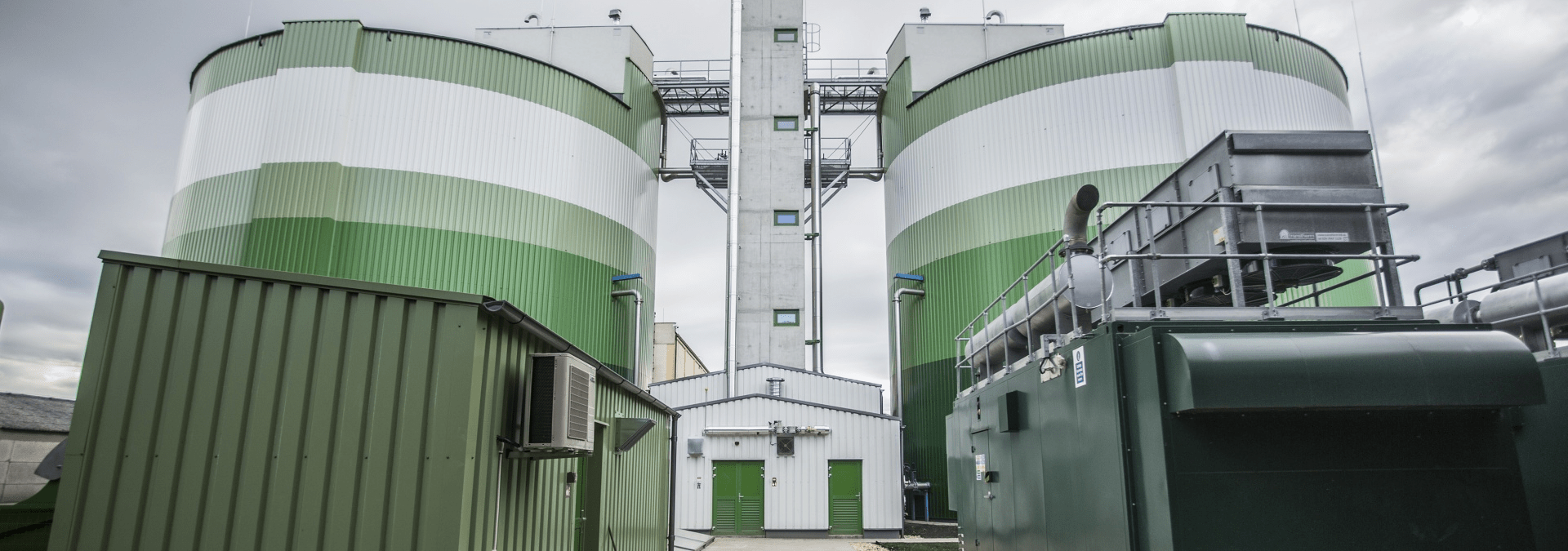New EBA publication featuring examples of good practices of organic municipal waste recycling through anaerobic digestion
The European Biogas Association brings you the newest biogas and biomethane publication, which follows the current European developments in the field of waste management and gives a contribution to them through a collection of already existing success stories when it comes to anaerobic digestion of organic waste.
Following the recent policy developments in the waste management sector, including the introduction and push for source separated collection of biowaste, improved recycling targets and further shift from landfilling of biowaste – all combined and featured within the new Circular Economy Package, the EU Member States will have to look for improvements in their waste management practices and also tackle some waste streams that never entered the circular economy.
The European Biogas Association brings you 6 cities which are already ahead of time in terms of biowaste management, including sewage sludge from waste waters. These cities have applied anaerobic digestion as the best option for the treatment of biowaste coming from urban activities as a share of the total municipal solid waste. The publication you have in your hands shows all the benefits and opportunities a biogas plant brings to the local authority including energy recovery through electricity and heat generation, replacement of fossil fuels used in public bus fleets, renewable biomethane available for use for the local communities through existing gas grids. These cities and regions are now getting all the attention from the European perspective as they are constantly and deservedly considered as the real examples of good practices and forerunners in sustainable waste management.
We will be publishing a story by story online, before the publication becomes available as a hard copy, too, within few weeks from now.
The last three weeks, we presented three stories. The first one came from Ljubljana, where a 70 years old company has went through a long way from a pigskin leather and textiles factory through slaughterhouse and hazardous waste treatment plant in 2000 all the way to a biogas plant with a modern algal treatment facility in 2008. Today it digests around 13,000 t of biowaste from Ljubljana and surroundings, food waste from canteens and catering companies, flotation sludge from slaughterhouses. The algal treatment plant is a new addition that treats digestate and its liquid fraction and at the same time produces algae for improved and increased feedstock in the biogas plant. Read more about the KOTO biogas plant in our factsheet here.
Two weeks ago we went north, to Uppsala in Sweden. The local biogas plant is a perfect example how Swedish biogas market works, especially when we take into consideration that almost 80% of its biowaste goes to anaerobic digestion. The biogas plant in Uppsala was built back in 1996 for manure and slaughterhouse waste digestion. After the installation of new equipment in 2006, it now has a capacity of 40,000 t/year (85% biowaste and 15% slaughterhouse waste). 4,700,000 m3/y of raw biogas is upgraded to 3,000,000 m3/y of biomethane which is transported to the filling station or used for heat production. 43,000 t/y of digestate that is produced enters the Swedish digestate market under the “Certified recycling” quality assurance scheme. Read more about Uppsala Vatten‘s biogas plant here.
Last week we were in France, presenting the biggest biogas plant in our publication so far. The Lille Metropole owned biogas plant has a capacity of 108,000 t/y and serves as the final destination for biodegradable household waste. The plant produces 7,4 million m3/y of biogas. A big share of this biogas ends up at the biomethane facility where 4,1 million m3/y of biomethane is produced. A bus terminal, completed in 2010 now supplies the local buses with clean renewable fuel, produced by the city itself. A subsidised feed-in tariff for biomethane was also obtained and it comes as a great addition to other incomes and benefits. Read more about the Lille Centre for Organic Valorisation in our new factsheet here.
Vienna was famous for it’s iconic incineration plant, not only for being a waste incinerator, but also because it is a piece of art for itself. Being designed by Friedensreich Hundertwasser it is an iconic place to visit in Vienna. But the city of Vienna and its waste management company, MA48, switched to a new treatment option of their biowaste which allows them to send a CO2-free gas to the gas grid and supply their customers with a renewable gas. Their new anaerobic treatment plant has a capacity of 34,000 t/year and produces 1.7 million m3/y of biogas that is upgraded to 1 million m3/y of biomethane. Read more about the biogas and biomethane plant in Vienna here.
Miskolc is a city in northern Hungary and serves a perfect example how a relatively small municipality (pop. 160.000) can apply anaerobic digestion as the preferable treatment of biowaste. The have a brand new plant, built in 2014, producing 5,500 m3 of raw biogas per day in two digesters, each having a capacity of 4,000 m3 where biowaste, dehydrated sludge and raw sludge are digested. The next stage foreseen is increasing the production to 8,000 m3/day as well as installing a CNG filling station. The plant is owned by the public company Miskolc Holding and is built at the existing waste water treatment plant location. Read more about it here.






